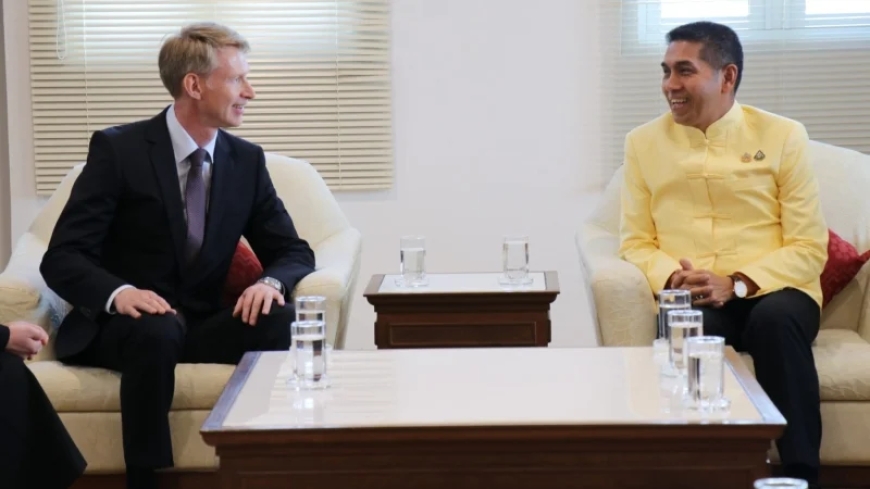Struggling with Weak Lending
High Household Debt Dampens Growth
Thailand’s banking sector is grappling with sluggish lending in 2025, driven by high household debt, a faltering tourism industry, and weak consumer spending. With household debt reaching 90.8% of GDP, one of the highest in Asia, banks face constrained loan growth and declining net interest margins—the gap between interest earned and paid. This economic strain, coupled with global uncertainties, threatens the financial outlook for Thai lenders through the year’s end.
Tourism Slump Impacts Revenue
Fewer Visitors Strain Economy
Thailand’s tourism-reliant economy, which contributes 19% to GDP, is facing a downturn, with 2025 projections estimating 35 million foreign visitors, down from a pre-pandemic peak of nearly 40 million. The decline, particularly in high-spending markets like China and Europe, is exacerbating economic challenges. Banks, reliant on tourism-driven business activity, are seeing reduced loan demand as small businesses struggle with fewer visitors and competition from low-cost Chinese imports.
Export Risks and Tariff Threats
U.S. Tariffs Add Pressure
Thailand’s export-driven economy, growing at an average of under 2% over the past decade, faces further risks from a potential 36% U.S. tariff, impacting its largest export market. Analysts predict GDP growth of 1.3% to 2.3% in 2025, trailing other Southeast Asian economies. This weak export outlook, combined with global trade tensions, is expected to limit loan growth in the third quarter, further straining banks’ profitability.
Mixed Bank Performance
Earnings Reflect Economic Strain
Recent earnings reports highlight the banking sector’s challenges. TMBThanachart Bank reported a 7.2% year-on-year drop in second-quarter net income to 5 billion baht, citing lower consumption and investment. Kasikornbank saw a 3.2% profit decline due to reduced net interest income, while SCB X, despite a 27.7% profit jump from investment gains, expects full-year loan growth to fall below its 1-3% target. Bangkok Bank’s modest 0.3% profit rise signals persistent weak domestic demand.
Rising Non-Performing Loans
Debt Relief Measures Fall Short
Higher non-performing loans (NPLs) are anticipated in the second half of 2025, driven by lower-than-expected participation in the government’s debt relief program, which offers a three-year interest suspension and reduced principal payments. Analysts warn that exporters facing U.S. tariffs may struggle to repay loans, increasing NPL risks. This trend, coupled with a 1.75% benchmark interest rate—the lowest in two years—challenges banks’ ability to maintain stable earnings.
Potential Pathways Forward
Wealth Management Offers Hope
Despite the downturn, opportunities exist for Thai banks to bolster revenue through wealth management, which could offset declining interest income. A potential reduction in U.S. tariffs, if negotiated, may also ease economic pressures. Structural reforms, including targeted fiscal stimulus like the $14 billion cash handout program, aim to boost consumption, but experts caution that long-term solutions are needed to address Thailand’s high household debt and stimulate sustainable growth.








